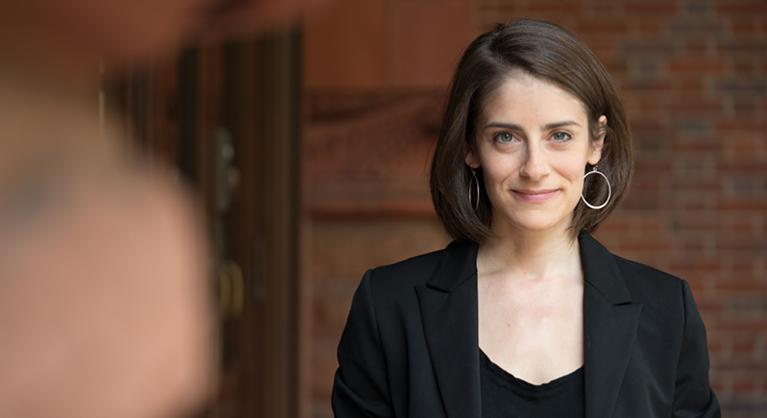For many members of the working class, a cell phone is a crucial tool for access to jobs, schedules, and family members. The focus on cell phones as a lifeline grew apparent on Julia Ticona’s work in South Africa, when interviewing refugees from Zimbabwe who repeatedly asked for cell phone access. Back in the states, Ticona’s research extends to the sector called the gig economy, and the role that technology, specifically the cell phone, plays for vulnerable populations who rely on cell phone service to patch together gigs, from domestic work to driving and running errands for app-based services.
Ticona is currently writing a book, based on her doctoral dissertation in sociology, about how both high- and low-wage independent workers use technology to cope with insecure labor markets. Now, a new assistant professor of communication at the Annenberg School for Communication at Penn, Ticona has interviewed nannies, housekeepers, and other participants in the gig economy. In June, Ticona finished a report, “Beyond Disruption: How Tech Shapes Labor Across Domestic Work & Ridehailing.” In it, Ticona and her colleagues summarize the lifeline that is a cell phone to gig economy workers.
A large part of Ticona’s research exposes the underrepresentation of women in the media when covering the gig economy, despite the fact that the overwhelming majority of domestic gig workers for companies like Care.com—think babysitters, nannies and housekeepers—are overlooked in favor of ride share and delivery drivers and laborers.
While Uber has 160,000 active drivers, Care.com logs approximately 5.3 million workers, most of whom are women. But the majority of media coverage covering the gig economy focuses heavily on ride sharing. “Care.com is still a tech company that very much determines how people find work,” says Ticona. “We need to shift to include women in the conversations about the future of work.”
Read more at the Annenberg School for Communication.








